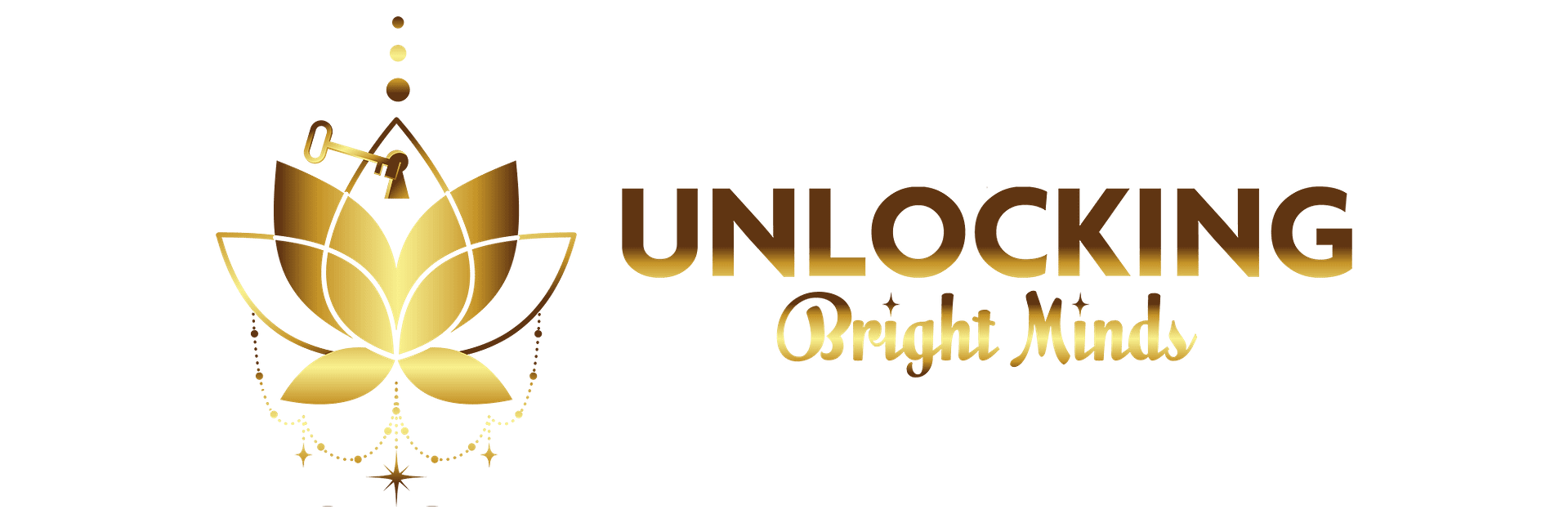We’ve all had those moments when we’ve paused, scratching our heads, wondering, “Why did they do that?” From the bizarre to the mundane, human behavior is a tapestry of experiences, influences, and personal histories. It’s easy to chalk it up to “people just be peopling” and “life-ing in life.” But if you’ve ever wanted a deeper understanding of why people do what they do, you’ve come to the right place.
The Influence of Trauma on Behaviors
Trauma, whether it’s a single intense event or repeated exposure to distressing experiences, can significantly shape our behavior. It acts as a disruptive force, causing emotional, psychological, and even physical changes.
Response Patterns: Trauma often triggers certain response patterns, such as fight, flight, freeze, or appease. While these responses are natural and evolved to protect us, they can become maladaptive if continually triggered in everyday situations.
Unconscious Reactions: Not everyone recognizes the influence of their traumas. At times, individuals might act in ways they don’t understand, driven by underlying feelings or memories. It’s not always intentional; it’s a reaction.
So, when interacting with others, it’s crucial to remember: we don’t know their full story. Before casting judgment or taking something personally, consider the possibility that trauma might be influencing their behavior.
The Mystery of Our Own Behavior
It’s not just about others. Sometimes we’re the enigma. Ever asked yourself, “Why did I do that?” Our behaviors aren’t always the result of conscious decisions. They can be influenced by past experiences, emotional states, or even ingrained habits. It serves as a reminder to be gentle with ourselves, acknowledging that self-awareness is a journey.
The Four Functions of Behavior
To further demystify human actions, let’s touch on the four primary functions of behavior. These functions help explain the “why” behind our actions:
1. Attention: Sometimes, behaviors exist purely to gain attention. This is evident in children, but adults aren’t exempt. Think of the colleague who always has a loud story to share or the friend who frequently posts on social media.
2. Escape: Some behaviors are strategies to avoid or escape unpleasant situations. Procrastination, for instance, can be a way to evade tasks we find daunting.
3. Access to Tangibles: This function relates to behaviors driven by the desire to obtain something. It could be a child throwing a tantrum for a toy or an adult working overtime for a bonus.
4. Sensory Stimulation: Certain behaviors provide sensory feedback or stimulation. For example, someone might listen to music to feel relaxed or eat comfort food for its soothing properties.
Understanding these functions provides a lens to view behavior, giving context to actions that might otherwise seem random or nonsensical.
In Conclusion
As we navigate the vast world of human interactions, it’s essential to remember that everyone has a story, a history, and influences that shape their behavior. While “people just be peopling” is a light-hearted way to address the unpredictability of life, taking a moment to understand the deeper roots of behavior fosters empathy and connection. So, the next time you’re puzzled by someone’s actions (or even your own), take a step back, reflect, and remember: we’re all just trying to make sense of our journey in life.
For more information on “Why They DO That?”, check out the book section and get your eBook to go more into details.
1.What is the primary aim of understanding human behavior?
Understanding human behavior aims to foster empathy and connection by recognizing the various influences, such as trauma and personal history, that shape our actions.
2.How does trauma influence behavior?
Trauma can significantly impact behavior by triggering response patterns like fight, flight, freeze, or appease. These responses, while protective, can become maladaptive in everyday situations, leading to unconscious reactions and behaviors.
3.What are some common response patterns to trauma?
The common response patterns to trauma include fight, flight, freeze, and appease. These are natural reactions that evolved to protect us from harm but can persist in non-threatening situations if trauma is unresolved.
4.Why do individuals sometimes act in ways they don’t understand?
Individuals may act in ways they don’t understand due to unconscious reactions influenced by past traumas, emotional states, or ingrained habits. These behaviors are not always intentional but are driven by underlying feelings or memories.
5.What are the four primary functions of behavior?
The four primary functions of behavior are:
Attention: Seeking attention from others.
Escape: Avoiding or evading unpleasant situations.
Access to Tangibles: Obtaining desired objects or outcomes.
Sensory Stimulation: Seeking sensory feedback or stimulation.
6.How can understanding the functions of behavior help in interactions?
Understanding the functions of behavior provides context to actions, making them less random or nonsensical. It helps in recognizing why someone might be seeking attention, trying to escape, wanting something, or needing sensory input, thus improving empathy and responses.
7.Why is it important to consider the possibility of trauma when interacting with others?
Considering the possibility of trauma is important because it reminds us that everyone has a unique story and history that influences their behavior. This awareness helps prevent casting judgment and fosters more compassionate and understanding interactions.
8.What should you do when you don’t understand someone’s behavior?
When you don’t understand someone’s behavior, it’s helpful to take a step back, reflect, and consider the deeper roots of their actions. Recognize that their behavior might be influenced by factors you are unaware of, and approach the situation with empathy and patience.
9.How does understanding our own behavior benefit us?
Understanding our own behavior helps in acknowledging that our actions are not always the result of conscious decisions but can be influenced by past experiences and emotional states. This self-awareness promotes self-compassion and personal growth.
10.Where can I find more detailed information on understanding human behavior?
For more detailed information on understanding human behavior, you can check out the book section mentioned in the text and get the eBook that delves deeper into the reasons behind our actions and behaviors.



